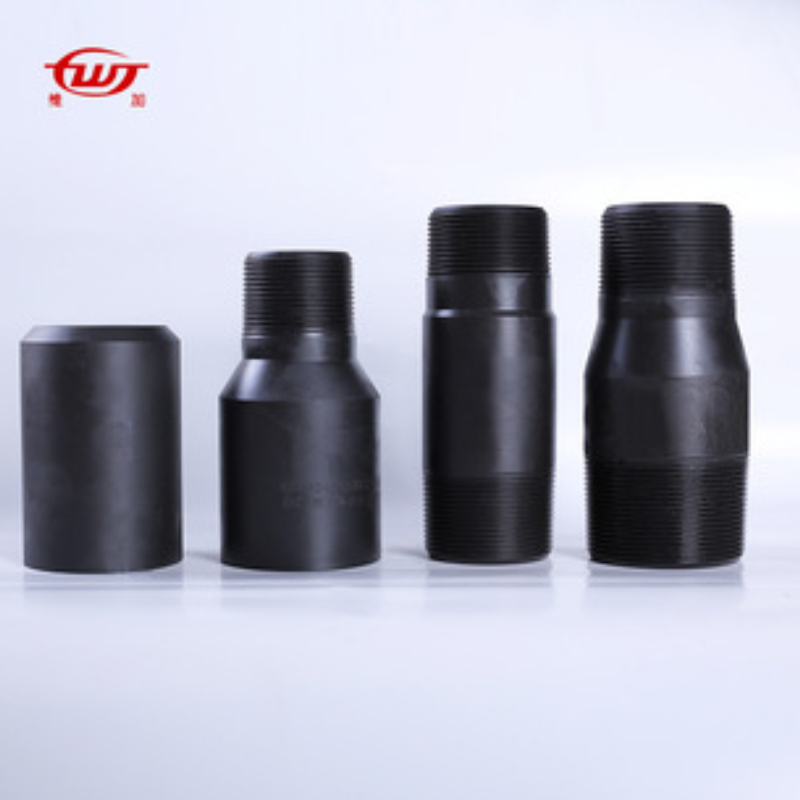- Afrikaans
- Albanian
- Amharic
- Arabic
- Armenian
- Azerbaijani
- Basque
- Belarusian
- Bengali
- Bosnian
- Bulgarian
- Catalan
- Cebuano
- Corsican
- Croatian
- Czech
- Danish
- Dutch
- English
- Esperanto
- Estonian
- Finnish
- French
- Frisian
- Galician
- Georgian
- German
- Greek
- Gujarati
- Haitian Creole
- hausa
- hawaiian
- Hebrew
- Hindi
- Miao
- Hungarian
- Icelandic
- igbo
- Indonesian
- irish
- Italian
- Japanese
- Javanese
- Kannada
- kazakh
- Khmer
- Rwandese
- Korean
- Kurdish
- Kyrgyz
- Lao
- Latin
- Latvian
- Lithuanian
- Luxembourgish
- Macedonian
- Malgashi
- Malay
- Malayalam
- Maltese
- Maori
- Marathi
- Mongolian
- Myanmar
- Nepali
- Norwegian
- Norwegian
- Occitan
- Pashto
- Persian
- Polish
- Portuguese
- Punjabi
- Romanian
- Russian
- Samoan
- Scottish Gaelic
- Serbian
- Sesotho
- Shona
- Sindhi
- Sinhala
- Slovak
- Slovenian
- Somali
- Spanish
- Sundanese
- Swahili
- Swedish
- Tagalog
- Tajik
- Tamil
- Tatar
- Telugu
- Thai
- Turkish
- Turkmen
- Ukrainian
- Urdu
- Uighur
- Uzbek
- Vietnamese
- Welsh
- Bantu
- Yiddish
- Yoruba
- Zulu
Pup Joint Tubing - Specialized Oil and Gas Solutions
Understanding Pup Joint Tubing An Essential Component in Oil and Gas Operations
Pup joint tubing is an integral part of the oil and gas industry, serving a crucial role in the function and efficiency of a well. It refers to short lengths of pipe that are used to connect various components in the tubing string. Typically ranging from 2 to 12 feet in length, pup joints can be manufactured in different sizes and configurations to meet specific operational needs.
The primary purpose of pup joint tubing is to adjust the overall length of the tubing string, allowing operators to achieve the desired depth or configuration of the well. Properly functioning tubing is vital for the efficient extraction of hydrocarbons, and pup joints provide a flexible solution to ensure that the tubing string is neither too long nor too short.
One of the key benefits of utilizing pup joints is their ability to accommodate various well conditions. For instance, in situations where the wellbore has irregularities or when adjustments are required due to changes in pressure or temperature, pup joints can be easily added or removed. This adaptability is essential in maintaining the integrity of the well and optimizing production.
pup joint tubing

Pup joints are typically made of the same materials as standard tubing, commonly carbon steel or stainless steel, ensuring compatibility with the existing infrastructure and providing the necessary strength and durability to withstand harsh downhole conditions. The quality of manufacturing is crucial, as any imperfections can lead to failures and costly downtimes.
In addition to their role in the well structure, pup joints also facilitate the functioning of other tools and equipment used during drilling and production processes. For example, they may serve as connection points for specialized tools like packers, valves, or gauges, enhancing the overall effectiveness of the operation.
As technology advances, the design and production of pup joint tubing continue to evolve. The introduction of advanced materials and manufacturing techniques has led to increased performance capabilities, allowing for even greater resilience in extreme environments. Moreover, innovations in well monitoring and management systems enhance the ability to track and optimize tubing performance in real-time.
In conclusion, pup joint tubing is a vital component in the oil and gas industry, providing flexibility and efficiency to well operations. Its ability to adapt to changing conditions while maintaining the integrity of the tubing string makes it an indispensable tool for operators seeking to maximize production and minimize downtime. Understanding its significance and proper usage can lead to more successful and cost-effective drilling and production endeavors.
-
Tubing Pup Joints: Essential Components for Oil and Gas OperationsNewsJul.10,2025
-
Pup Joints: Essential Components for Reliable Drilling OperationsNewsJul.10,2025
-
Pipe Couplings: Connecting Your World EfficientlyNewsJul.10,2025
-
Mastering Oilfield Operations with Quality Tubing and CasingNewsJul.10,2025
-
High-Quality Casing Couplings for Every NeedNewsJul.10,2025
-
Boost Your Drilling Efficiency with Premium Crossover Tools & Seating NipplesNewsJul.10,2025







